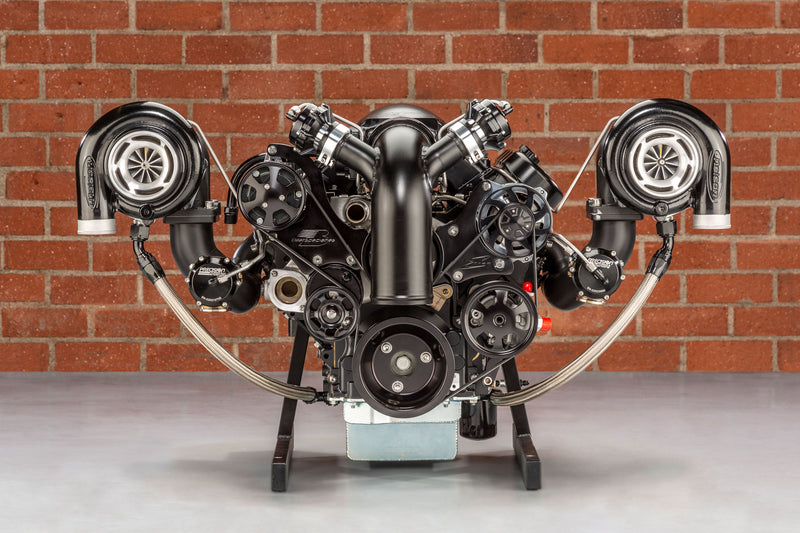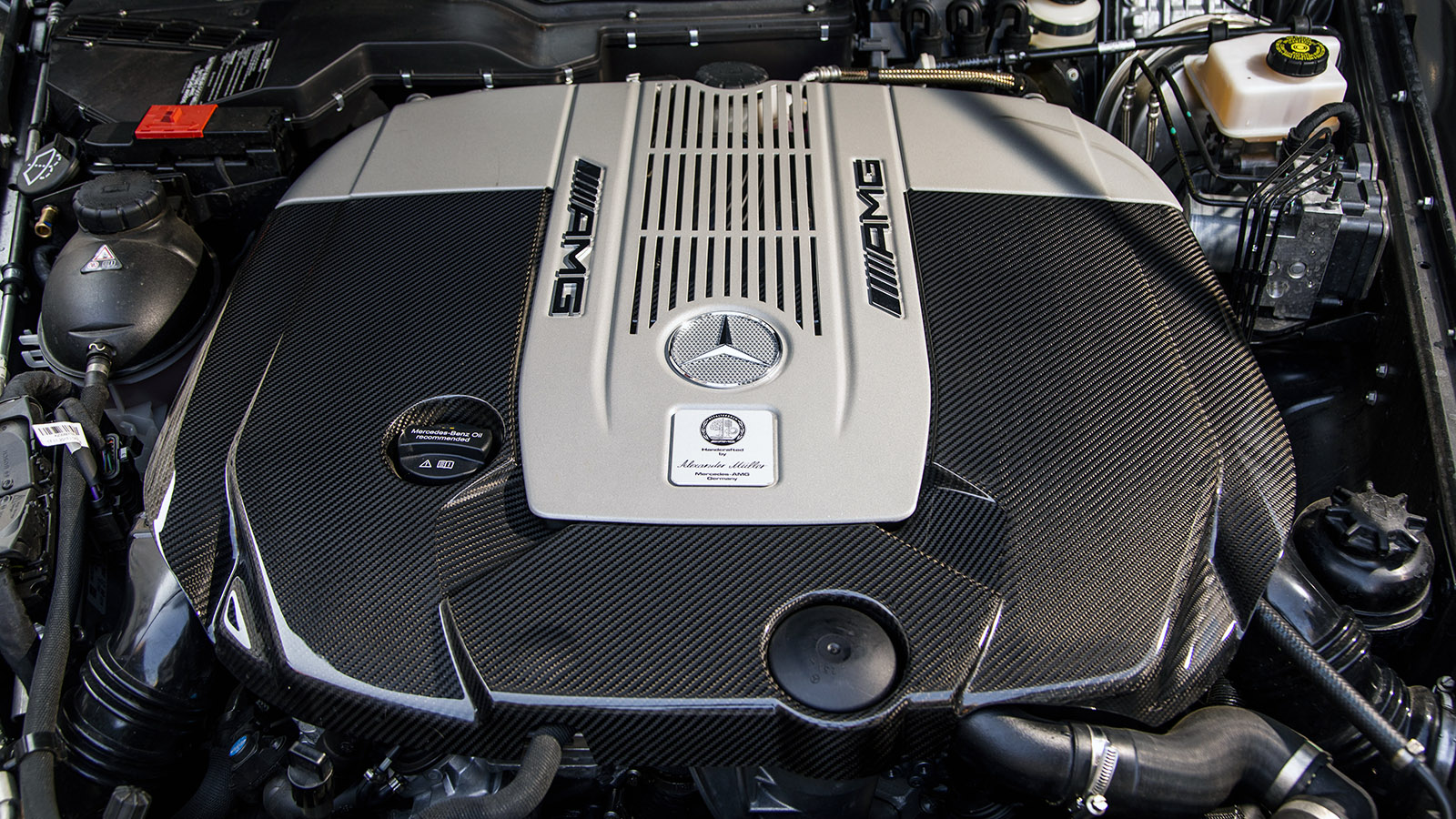Engines for Africa Available Currently! See Our Relied On Vehicle Components Shop
Engines for Africa Available Currently! See Our Relied On Vehicle Components Shop
Blog Article
The Pursuit for Ultimate Driving Power: Checking Out the Peak of Engine Performance and Technological Breakthroughs in the Automotive Field
In the world of auto engineering, the pursuit of maximum driving power has been a ruthless pursuit that has actually unravelled via the development of engine style and the combination of innovative innovations. From the careful workmanship of burning engines to the fast improvements in electric propulsion systems, the automobile industry stands at the cusp of a new era characterized by unprecedented efficiency capacities.
Development of Engine Style

Moreover, the integration of turbocharging and turbo charging modern technologies has transformed engine style by improving power without dramatically enhancing engine dimension. These forced induction systems press the consumption air, allowing for more fuel to be ignited, therefore generating greater power outcome from a smaller sized engine. This advancement has been especially critical in enhancing the performance of smaller displacement engines while preserving gas efficiency standards.

Performance-Enhancing Gas Technologies
The execution of innovative gas innovations has considerably added to boosting engine performance in contemporary cars. From conventional gasoline and diesel to innovative biofuels, synthetic gas, and hydrogen, the auto field is observing a change in fuel options. Biofuels, stemmed from eco-friendly sources like sugarcane, corn, or algae, deal lowered exhausts and improved engine efficiency. Artificial gas, produced via chemical processes, provide high octane rankings, enhancing power output. Hydrogen gas cells, although still in the onset of fostering, show excellent guarantee due to their zero-emission nature and potential for high efficiency. In addition, gas additives and cleaning agents are being formulated to tidy engine parts, optimize burning, and lower friction, therefore improving overall automobile performance. With continuous r & d, the pursuit for the supreme driving power proceeds, as engineers aim to unlock the complete possibility of performance-enhancing fuel modern technologies in the automobile sector.
Advancements in Electric Propulsion
Considerable strides in electrical propulsion modern technology have actually revolutionized the automobile market, leading the way for a new era of effective and sustainable transportation. Electric cars (EVs) are acquiring popularity because of their environmental benefits and developments in battery technology, making it possible for longer driving ranges and shorter billing times. Suppliers are spending greatly in r & d to improve the performance of electric propulsion systems, focusing on raising power result, boosting energy efficiency, and decreasing general weight.
One significant breakthrough in electrical propulsion is the growth of sophisticated electric motors that deliver greater torque and power density, resulting in boosted acceleration and overall driving efficiency. In addition, regenerative braking systems have been improved to save and catch energy throughout deceleration, more improving the efficiency of EVs.
Moreover, the integration of smart innovations, such as expert system and predictive analytics, is maximizing the administration of electrical propulsion systems, making certain optimal efficiency under various driving problems. These advancements in electrical propulsion are reshaping the automotive landscape, driving the market in the direction of a more lasting and electrified future.
Effect of Computational Fluid Characteristics
With advancements in electric propulsion pressing the boundaries of vehicle modern technology, the integration of Computational Fluid Dynamics is playing a Bonuses crucial role in optimizing wind resistant performance and improving total effectiveness in car layout. Computational Fluid Characteristics (CFD) entails using computer system simulations to assess website here the flow of air around an automobile, making it possible for engineers to anticipate just how design modifications will influence the rules of aerodynamics without the demand for costly physical prototypes. By precisely modeling air movement patterns, CFD permits for the refinement of automobile forms to reduce drag, improve cooling, and improve security.
One trick benefit of using CFD in automobile layout is the capacity to repeat rapidly, checking out numerous style variations to determine one of the most aerodynamically effective services. This iterative process leads to automobiles that are not just sleeker and a lot more aesthetically attractive however also a lot more fuel-efficient and eco-friendly. Moreover, CFD makes it possible for designers to maximize air flow around elements such as radiators, engine bays, and wheel wells, adding to improved performance and general driving experience. Finally, the combination of Computational Fluid Dynamics stands for a significant progression in the mission for supreme driving power and efficiency in the automotive sector.
Future Fads in Engine Development
In the vibrant landscape of automobile design, cutting-edge advancements are forming the future trajectory of engine innovation. The future of engine layout is noted by a solid focus on performance, efficiency, and sustainability. Manufacturers are increasingly concentrating on creating engines that not just deliver high power outputs however additionally focus on environmental obligation by boosting and lowering exhausts fuel performance.
One prominent pattern in engine innovation is the increase of electrification. Crossbreed and electric powertrains are acquiring traction as feasible options to typical combustion engines. These innovations offer the capacity for significant decreases in carbon exhausts and raised energy performance, lining up with global efforts to battle environment change.
Furthermore, innovations in products scientific research and production strategies are making it possible for the manufacturing of lighter and a lot more long lasting engine elements. This shift in the direction of light-weight products such as carbon fiber and light weight aluminum alloys adds to enhanced efficiency and fuel economic situation.
Final Thought
In conclusion, the search of best driving power in the auto industry remains to drive advancements in engine design, fuel technologies, electrical propulsion, and computational fluid characteristics. The advancement of these innovations is shaping the future of engine development, paving the way for extra effective and effective cars (engines for africa). As the market remains to press the limits of what is possible, we can expect to see even extra cutting-edge here are the findings advancements in the quest for peak efficiency
One of the essential landmarks in engine design evolution is the change from standard carbureted engines to modern fuel-injected systems. By specifically metering the fuel distribution to each cyndrical tube, fuel-injected engines optimize burning, resulting in much better efficiency and minimized ecological influence.
Additionally, the integration of turbocharging and turbo charging technologies has changed engine design by improving power without significantly raising engine dimension (engines for africa).The execution of advanced gas modern technologies has significantly added to improving engine efficiency in modern-day automobiles. Furthermore, gas additives and cleaning agents are being developed to clean engine elements, maximize burning, and minimize rubbing, therefore improving overall automobile performance
Report this page